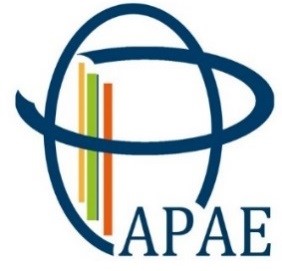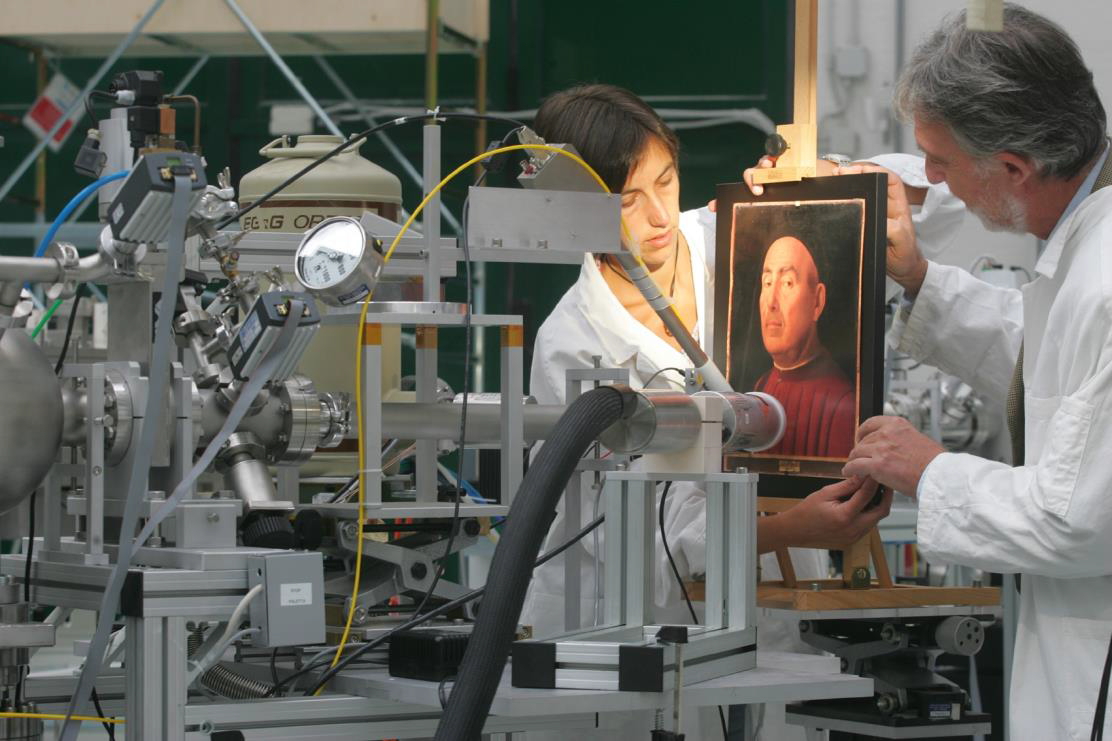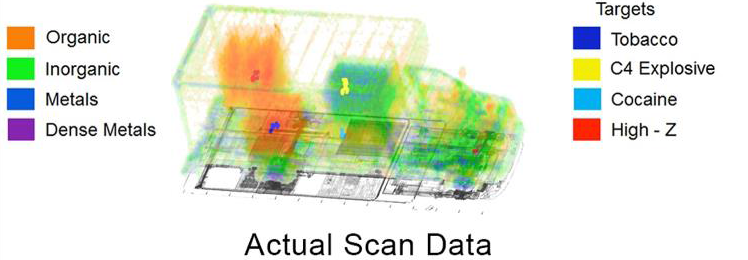Since their creation some 90 years ago, particle accelerators have changed in size and shape and have increased both their complexity and power. In that time, accelerators have made many groundbreaking scientific discoveries and produced large amounts of information about the natural world.
 Beyond basic science, accelerators are responsible for advances far outside the realm of physics. Spearheaded by Angeles Faus-Golfe (IFIC-LAL) and Rob Edgecock (University of Huddersfield), Work Package 4 of the EuCARD-2 project has produced a report entitled “Applications of Particle Accelerators in Europe (APAE)”. The report details the many applications of accelerators and related technology, with a specific focus on European requirements and competences.
Beyond basic science, accelerators are responsible for advances far outside the realm of physics. Spearheaded by Angeles Faus-Golfe (IFIC-LAL) and Rob Edgecock (University of Huddersfield), Work Package 4 of the EuCARD-2 project has produced a report entitled “Applications of Particle Accelerators in Europe (APAE)”. The report details the many applications of accelerators and related technology, with a specific focus on European requirements and competences.
Rob Edgecock said, “with nearly 40,000 in use around the world for a wide range of applications, particle accelerators already play an important role in everyday life. The APAE report documents these applications, and uses the expertise in EuCARD-2 to identify areas for improvement and potential new applications based on research technology.”
Europe is home to many world-renowned accelerator laboratories, including the most powerful accelerator in existence: the Large Hadron Collider (LHC) at CERN, in Switzerland. Europe remains a key actor at the forefront of accelerator science and is well positioned to advance the field further.
The APAE report considered applications for health, industry, energy, security, and photon and neutron sources, and made recommendations to optimise accelerator science and technology in the future.
Accelerators play a role in healthcare, particularly in cancer diagnosis and treatment. Cancer is responsible for around a quarter of the deaths in Europe, and new diagnostic tests and treatments are always required.
Radiotherapy via the use of x-rays or particles allows both imaging and delivery of anti-cancer treatment deep into biological tissue. X-rays are produced by accelerating electrons in linear accelerators (linacs) to 4-20 MeV, while charged particles are accelerated to 230+ MeV by circular accelerators and used directly for therapy.
Radionuclides (radioactive isotopes) are also used for imaging techniques such as Positron Emission Tomography (PET) and can be used to target specific types of cancer. New types of accelerators are required to fully exploit a number of exciting novel radionuclides for both imaging and therapy.
Several European studies have demonstrated that the number and capability of facilities able to offer radiotherapy and radionuclide treatment must be increased to meet the growing demand. To achieve this, new approaches and technologies must be developed, including more accurate imaging techniques and cost-effective accelerator components.
Industry make use of many technologies developed for, or as a result of, accelerator research. Accelerator beams are able to penetrate the surfaces of many materials, providing detailed insight and analysis.
Indeed, accelerators are able to sterilise equipment and surfaces, useful in clinical medical settings, as well as disinfect seeds and grains, which is crucial for food security. Some seeds are already treated with electron beams in Germany.
Accelerator beams also possess attractive thermal qualities, offering the ability to heat, melt and evaporate materials as required. Many industrial facilities across the globe make use of European electron beam accelerators: from melting metals to produce alloys, to evaporating materials to create surface coatings resistant to corrosion.
Beyond manufacturing, accelerators have the potential for a range of environmental benefits, including the treatment of wastewater, sewage and flue gases. Low energy electron beams can remove pollutants from the gases produced by industry, and ion beams can help analyse particles which may contribute to air pollution.
Analysis can also be carried out for cultural heritage purposes, for studying the composition, structure and providence of art and antiquities. In fact, the Centre de Recherche et de Restauration des Musées de France (C2RMF) hosts the Accélérateur Grand Louvre d'Analyse Elémentaire (AGLAE), which is dedicated to study and analysis for French museums.

The Ritratto Trivulzio by Antonello da Messina being analysed with an ion beam (credit: LABEC, INFN's Laboratory for Cultural Heritage and Environment, Italy)
Accelerators are a crucial source of high energy photons and intense neutron beams, both of which offer their own analytical abilities relevant for fields in both academia and industry.
Photon sources, such as the ALBA light source in Spain, are able to provide x-rays for use in biology, chemistry, environmental and materials science. Neutron sources, such as the European Spallation Source (ESS) in Sweden, which is currently under construction, offer similar capabilities, including the neutron scattering technique.
The analytical power provided by accelerators also lends itself to security functions, particularly for air, sea and rail border security. These security measures can help prevent the transport of illegal or stolen goods, identify crimes such as money laundering, and even be used for counter-terrorism.

X-ray screening of a truck
Accelerators also have applications for energy as the demand for it continues to grow. More efficient, sustainable, affordable and safer energy is also crucial in meeting this demand.
Nuclear power offers one such solution, but brings its own challenge via the production of nuclear waste. Accelerator Driven Systems (ADS) can be used for nuclear waste disposal, and several European designs have already been conceived.
By identifying challenges in accelerator research and applications, the APAE report makes recommendations for how best to tackle these issues. This lays the groundwork for advancing both the role of accelerator science in society and European accelerator science across the globe.
In summary, APAE co-coordinator Angeles Faus-Golfe said, “Coordinating this effort has been enriching and rewarding. The main European experts in accelerator applications have contributed to the document and identified the key aims for European R&D into accelerator applications. The field has made an impressive progress in the last decade and has plenty of opportunities for the younger generations of researchers.”
